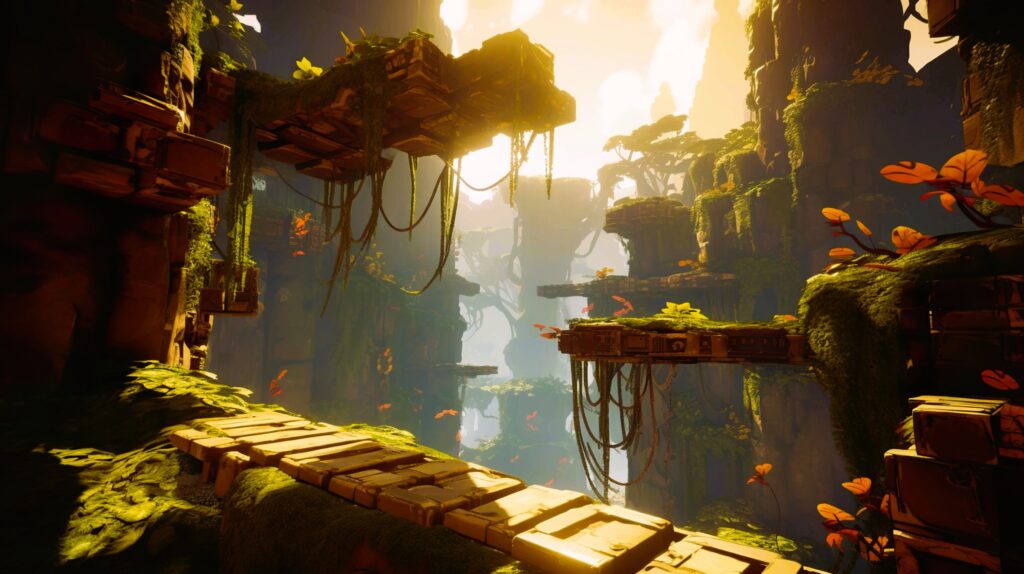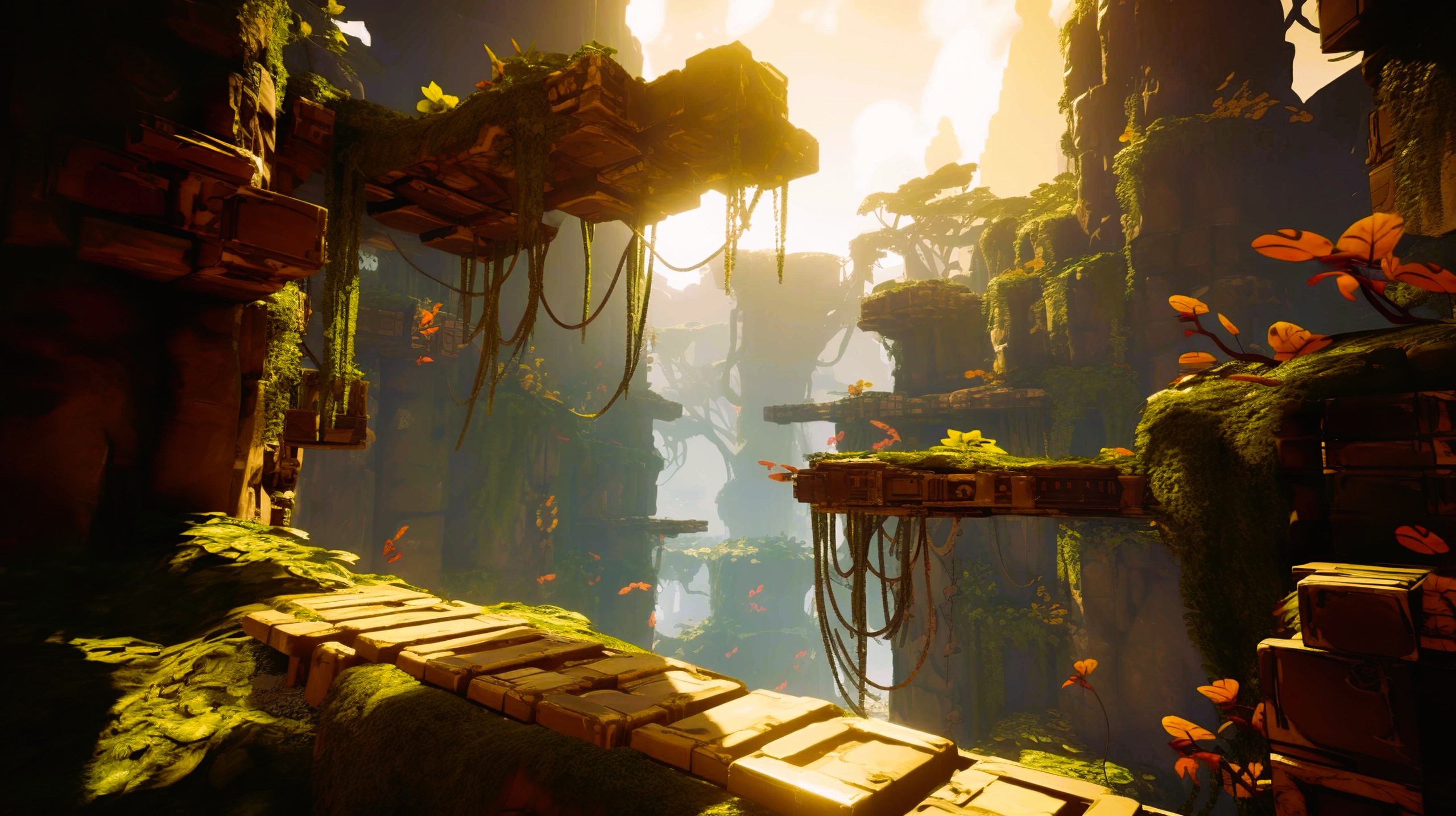Level design plays a crucial role in shaping the player’s experience in a video game. From the layout of platforms and obstacles to the placement of enemies and items, every aspect of a game’s level design contributes to its overall immersion and enjoyment. In this article, we’ll explore the art of level design, examining the principles and techniques used to create immersive gaming environments that captivate players and keep them coming back for more.
Understanding Level Design
At its core, level design is the process of creating the playable spaces within a video game. This includes everything from the layout of the terrain and structures to the placement of interactive objects and enemies. A well-designed level not only provides players with interesting challenges and obstacles to overcome but also guides them through the game world in a way that feels natural and intuitive.
Principles of Effective Level Design

Several key principles govern effective level design, each of which contributes to the overall quality and enjoyment of the game. One such principle is flow, which refers to the rhythm and pacing of the gameplay experience. A well-designed level maintains a balance between moments of action and moments of rest, keeping players engaged and immersed in the game world.
Another important principle is readability, which refers to how easily players can understand and navigate the game environment. Clear visual cues, intuitive level layouts, and consistent design elements help ensure that players always know where to go and what to do, enhancing their sense of immersion and agency within the game world. Research on games in virtual reality (VR), more details here.
Techniques for Creating Immersive Environments
There are many techniques that level designers use to create immersive gaming environments. One common technique is the use of environmental storytelling, which involves using environmental details and set pieces to convey narrative information and create a sense of atmosphere. For example, a dilapidated building may suggest that the area has been abandoned or overrun by enemies, while a lush forest may indicate a tranquil and peaceful setting.
Another technique is the use of verticality, which involves incorporating varying levels of elevation into the game world to create a sense of scale and depth. By including platforms, cliffs, and other vertical elements, level designers can create more dynamic and interesting gameplay experiences that encourage exploration and experimentation.
The Role of Player Feedback

In addition to following established principles and techniques, effective level design also requires feedback from players. Playtesting and iteration are essential parts of the level design process, allowing designers to identify and address any issues or problems that may arise during gameplay. By soliciting feedback from players and incorporating their input into the design process, developers can ensure that their levels are enjoyable, engaging, and immersive.
Conclusion
In conclusion, the art of level design is a complex and multifaceted process that plays a critical role in shaping the player’s experience in a video game. By understanding the principles of effective level design and employing techniques to create immersive gaming environments, developers can create memorable and engaging gameplay experiences that captivate players and keep them coming back for more.
For more information on level design principles and techniques, you can visit the IGN website: IGN


